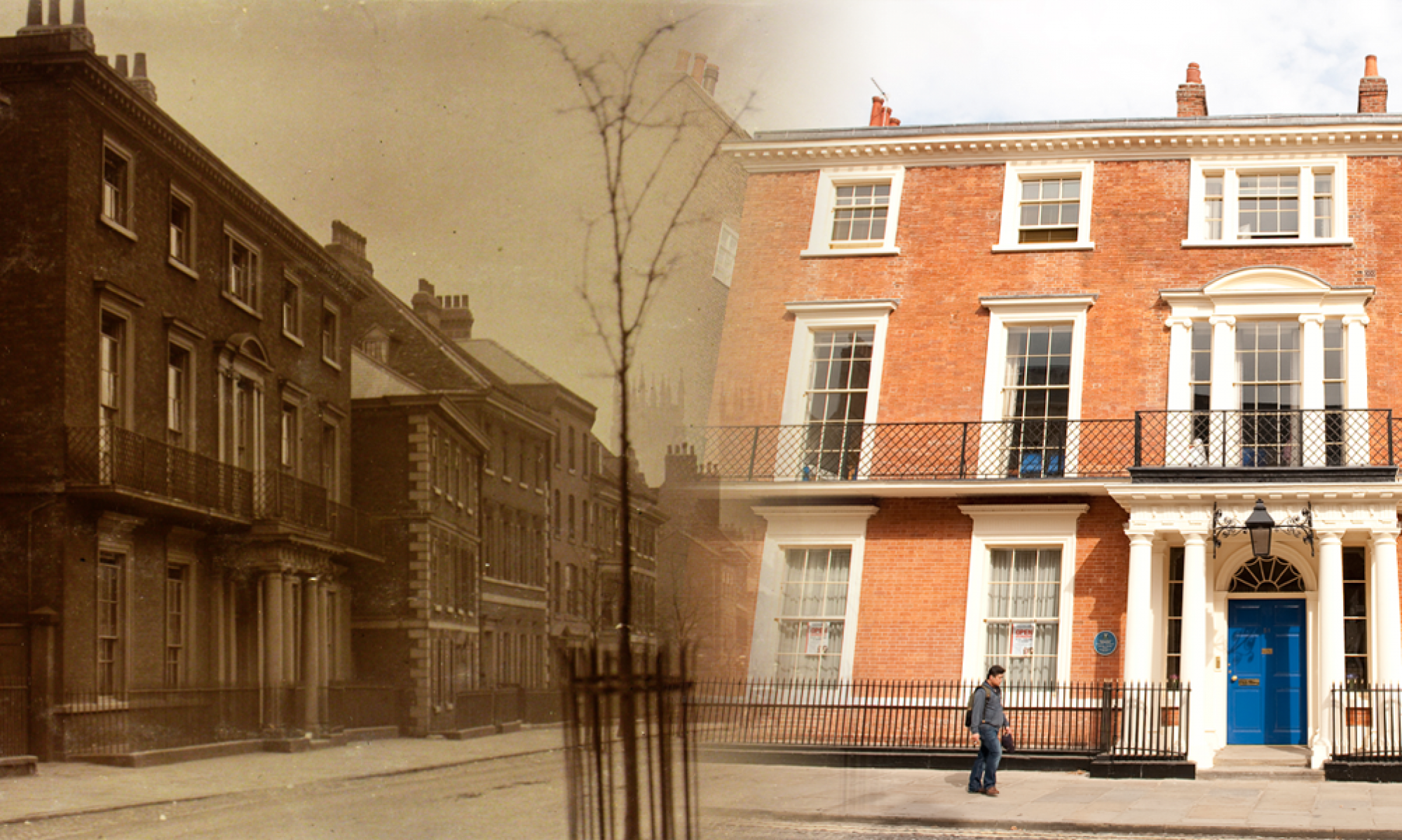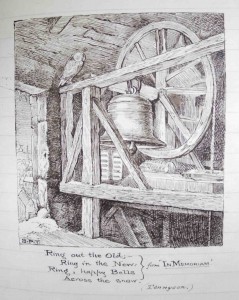On Monday I attended an interesting event in Newcastle, ‘Digital Cultures: Future Thinking and Innovation for Arts and Heritage’.
The post has ended up fairly long, so here are the top questions that I took away:
- How can I plan projects to make sure that I am thinking about the audience/end-user and how I can make it easier for them to find what they are looking for?
- How can our collections be used in creative ways, and how can I encourage this?
- How can online and offline work well together for us?
- How can I use digital to start conversations?
- How can I tap into the wealth of knowledge that Old Scholars and others will have about the collections?
- How can the material be used to bring together different groups of people, to create something new and see what emerges?
Here are a few points that I took away from each talk (as opposed to summaries of the talks).
1. Nora McGregor talking about digital collections at the British Library
- When you have large amounts of data, ways of finding information that is relevant is crucial.
- The British Library have made more than 1 million images available on Flickr, and Nora talked about the wide range of uses to which the images have been put, and about how crowdsourcing has been used to tag the images. There are more details on their blog.
- British Library Labs – encouraging people to work with their digital collections.
2. John Bowers from Culture Lab (talking about a project using a collection of natural history artefacts to create an artistic response)
- Seeing objects as raw material for artistic response.
- Using different senses, e.g. sound
- A ‘living exhibition’ – creating the exhibits on site and working openly, enabling people to see how things are created
- People learning by working alongside others
- Curiosity, and finding the detours and interesting routes.
3. Annette Mees from Coney (which mixes theatre and digital in various settings)
- Digital creates new ways of talking to people, and can expand the experience of the audience – conversations before and after an event.
- It’s always about the audience
- Creating live events that people can also engage with online.
- Using technology to make inaccessible spaces accessible.
- Start by asking what you want to achieve – who is the audience, what are they already asking about, what kind of experience, what stories are the focus?
- People want things that they know how to use.
- Working quickly and cheaply, getting feedback as you go along and telling people that you’re testing and developing.
- The first stage of discussing a project is really important.
4. Martha Henson (a freelance digital producer) talking about the power of play
- Games can be used in a way that is co-operative, and that is about the interaction between players.
- Putting people in a situation is more powerful that just telling them about it.
- Games must be fun!
5. Dominic Wilcox and James Rutherford talking about an installation they had done at the Sage
- A map of sounds (again using different senses)
- Using something that looks analogue as the technology is hidden.
6. Olga Mink from Baltan Labs
- Enabling collaberations
- Creating a space for experimentation
- They engage with a wide range of sectors: industry; education; art and design; science and technology
7. Alan Smith from Allenheads Contemporary Arts
- Digital issues in rural areas. Context in terms of location is important.
8. Irini Papadimitriou talking about digital programmes at the V&A
- Annual events and monthly meet-ups that create an opportunity for artists, designers and members of the public to make things together.
- Problem solving events, that bring together diverse themes (e.g. fashion and climate change)
- Exhibitions created by an artist and group of participants.
9. Dr Noel Lobley talking about ethnographic sound galleries at the Pitt Rivers Museum
- Bringing sound into galleries that are very object based.
- Taking sounds out of the archives into the communities that created them, to get contextual information.
- Links with composers and artists to create new work
- Event with soundscape and a torch to explore.
10. Marialaura Ghidini from Or-bits.com
- A mixture of online and offline curation, integrated together.
11. Panel Discussion
- The curator enabling work to happen, rather than dictating what it will be.
- Bringing worlds together that don’t normally meet.
- Issue of how the languages used by different groups/industries/sectors translate.







